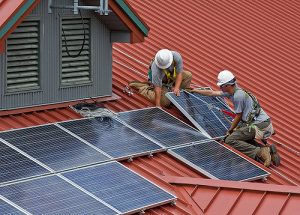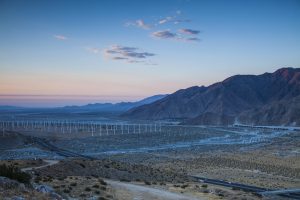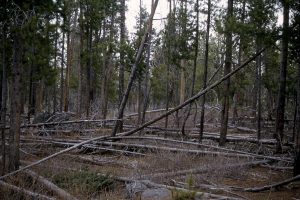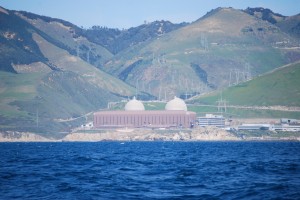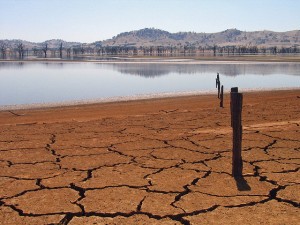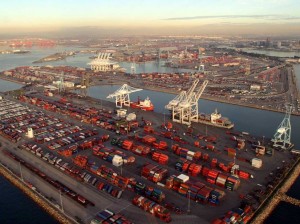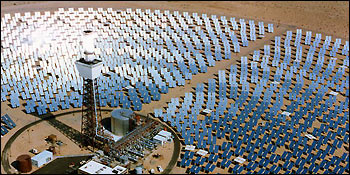13 item(s) were returned.
Cofounder
Spark Library
In January, Pacific Gas and Electric (PG&E), California’s largest utility, declared and subsequently filed for bankruptcy as a result of incurring as much as $30 billion in potential liabilities from transmission-caused wildfires in 2017 and 2018. The utility faces over 1,000 lawsuits and may be unable to completely handle its liabilities, possibly requiring significant state intervention. This raises critical questions about utility operations and business, and what policies are necessary to assess liability in an era of growing climate risks. Liability for each fire is determined by California’s Department of Forestry and Fire Prevention on a case-by-case basis. Under California’s… [more]
View InsightManaging Attorney
Noyes Law Corporation
In October, the International Energy Agency (IEA) reaffirmed the leading role that bioenergy continues to play in decarbonization. IEA Executive Director, Dr. Fatih Barol, pointedly stated, “Modern bioenergy is the overlooked giant of the renewable energy field… We expect modern bioenergy will continue to lead the field, and has huge prospects for further growth. But the right policies and rigorous sustainability regulations will be essential to meet its full potential.” The IEA concludes that to meet long-term climate goals, renewable energy development in the heat, electricity, and transport sectors must accelerate. Transportation has clearly emerged as the most difficult sector… [more]
View InsightCommunications Director
Vote Solar
In May, the California Energy Commission unanimously approved the nation’s first commitment to putting solar on qualifying new home construction starting in 2020 – a move that’ll be good for our cost-of-living and our climate alike. Building solar on new homes is consistent with California’s zero net energy goals for new buildings, and it’s a great way of getting rooftop solar built cheaply for customers. When solar PV is installed at the time of construction, you get economies of scale and save big on non-hardware costs like customer acquisition, permitting and financing. Assuming modules are 40 cents/W and the other… [more]
View InsightCalifornia is the second state after Hawaii to establish a 100% carbon-free energy goal for its electric grid. In late August, the state legislature passed Senate Bill 100 (SB 100) which created a 100% clean electricity standard by 2045 and also altered California’s current renewable portfolio standard (RPS). Previously, California’s RPS mandated 50% of the state’s retail electricity sales come from renewable sources by 2030, but following passage of SB 100, that figure is now modified to 60%. To achieve the 2045 goal, however, SB 100 takes a broader approach by explicitly instructing California’s energy agencies to “plan for 100%… [more]
View InsightThis week, a total solar eclipse crossed the United States for the first time in nearly a century. The eclipse dimmed the sun for several hours, leaving utilities questioning the impact on solar power generation and whether grids are prepared to handle state policies mandating a greater renewable energy mix. As solar output plunged along the route of totality, grid operators and utilities were forced to manage the drop by bringing on greater amounts of natural gas and hydro. Those states with high solar producing capacity, such as California and North Carolina, were significantly impacted by the path of the… [more]
View InsightAssociate Professor, Department of Agricultural and Resource Economics
University of California, Berkeley
California is experiencing what has been dubbed the worst epidemic of tree mortality in the state’s modern history, with the death of an estimated 66 million trees since 2010. There seems to be widespread – but not unanimous – agreement that leaving close to 40 million dry tons of wood in the forest will increase wildfire risk to unacceptable levels. A tree-mortality task force is working to safely remove the dying trees by using the tree services where some of which can be harvested for timber. But given the current trajectory, lots of wood will be burned on-site. This begs… [more]
View InsightCalifornia’s Renewables Portfolio Standard (RPS) requires 50% of utility retail sales derive from renewable sources by 2030. This includes ramping up efficiency, storage and renewable infrastructure, especially rooftop solar projects. A major California utility, Pacific Gas & Electric (PG&E) is addressing the RPS requirements in part by announcing the retirement of the Diablo Canyon Nuclear Power Plant by 2025 with production to be replaced by renewables and improved energy storage. Although carbon-free, nuclear power is not classified as a renewable energy source under California’s 50% mandate and as a result, California nuclear is beginning a phase-out. Implementation of the state… [more]
View InsightDr. Ken Carlson
Colorado State University
Water and energy networks are inextricably linked. Energy production and electricity generation both require water. Conversely, treatment and distribution of water to consumers and wastewater collection and treatment depend on energy. There are multiple other connections between these two fundamental resources and therefore new paradigms are needed for increased usage efficiencies to minimize energy-water conflicts, especially when considering that climate change will significantly impact both. Water has traditionally been abundant in the US, even in drier parts of the country where large, federally funded infrastructure projects have literally made the desert bloom. Energy was also largely readily available so there… [more]
View InsightMember
U.S. House of Representatives
When we think of environmental policies that impact business, we don’t often think of increased profits. Too often the private sector is positioned at odds with efforts to address environmental issues through state and federal legislation. But alternatives to this false dichotomy exist and it’s important that we identify and act on these opportunities. As an example, let me point to the adjacent ports of Long Beach and Los Angeles, which together make up the busiest container port complex in the Western Hemisphere. Last year, the ports moved the equivalent of nearly 15 million 20-foot-long containers. The ports contribute well… [more]
View InsightDistinguished Professor of Energy
University of California, Berkeley
This is the second in a series of discussions led by invited speakers at the upcoming Physics of Sustainable Energy conference to be held March 8-9, 2014 at the University of California, Berkeley. Find more details below. The new Ivanpah Solar Electric Generating System located in California’s Mojave Desert is the world’s largest concentrated solar thermal power station. The first of it’s kind at this scale, Ivanpah’s 392 megawatts of capacity (enough to power 140,000 homes) is generated by 360,000 garage-door-sized mirrors concentrating sunlight onto a 40-story boiler tower. The heat from the sunlight boils water in the tower and… [more]
View Insight

